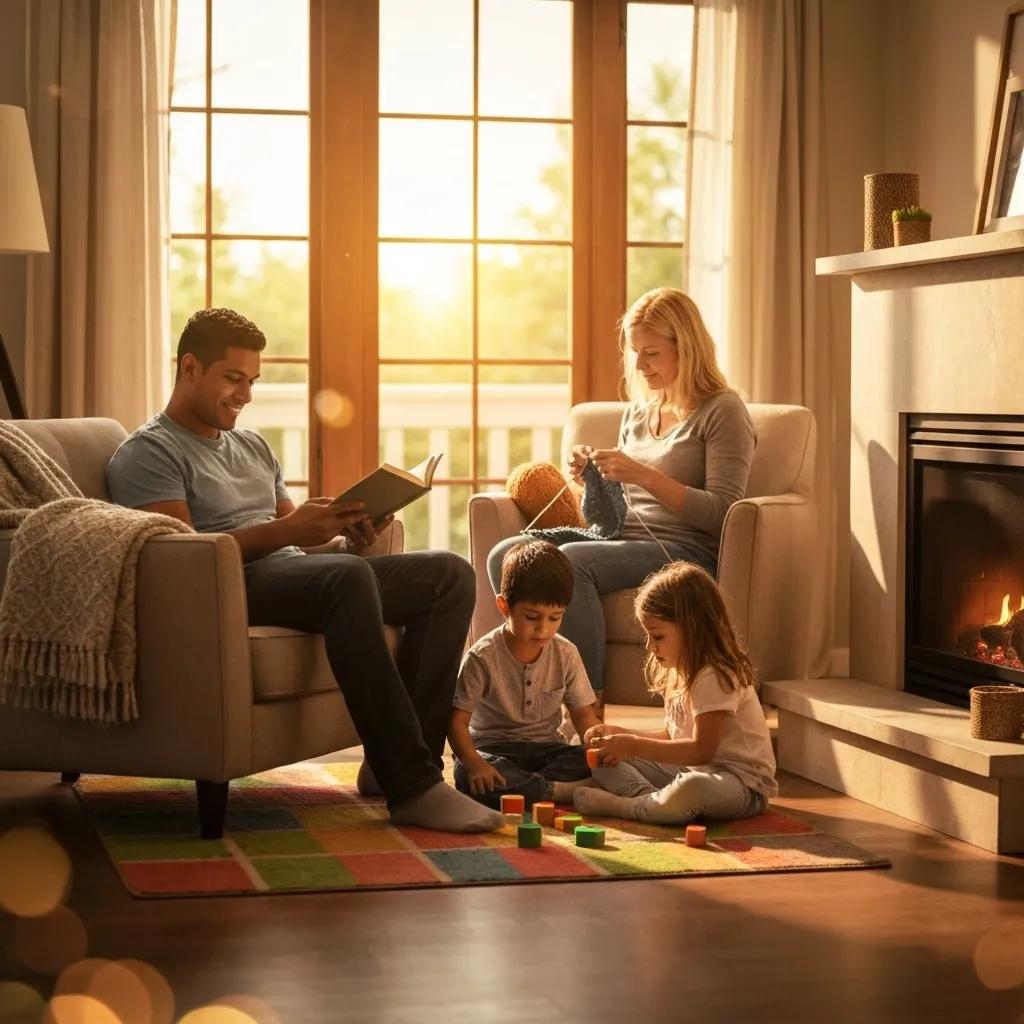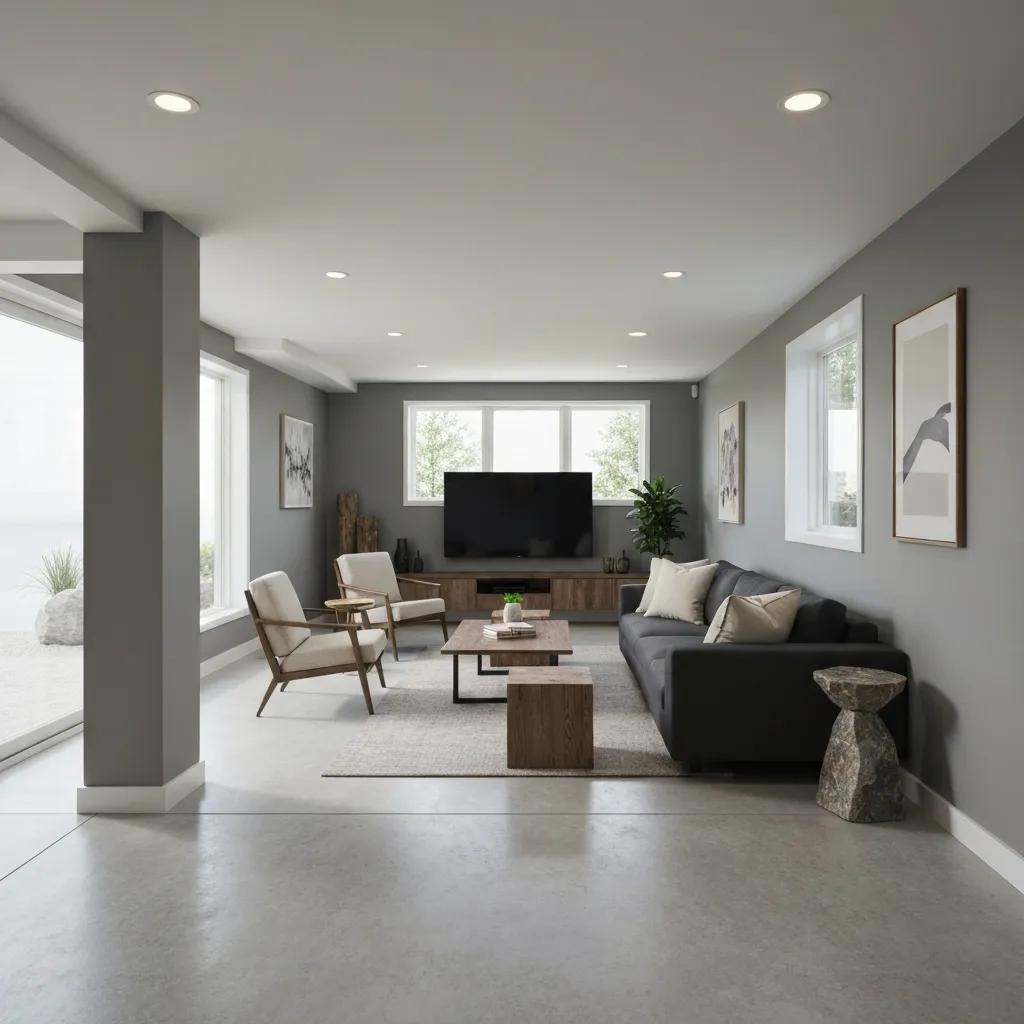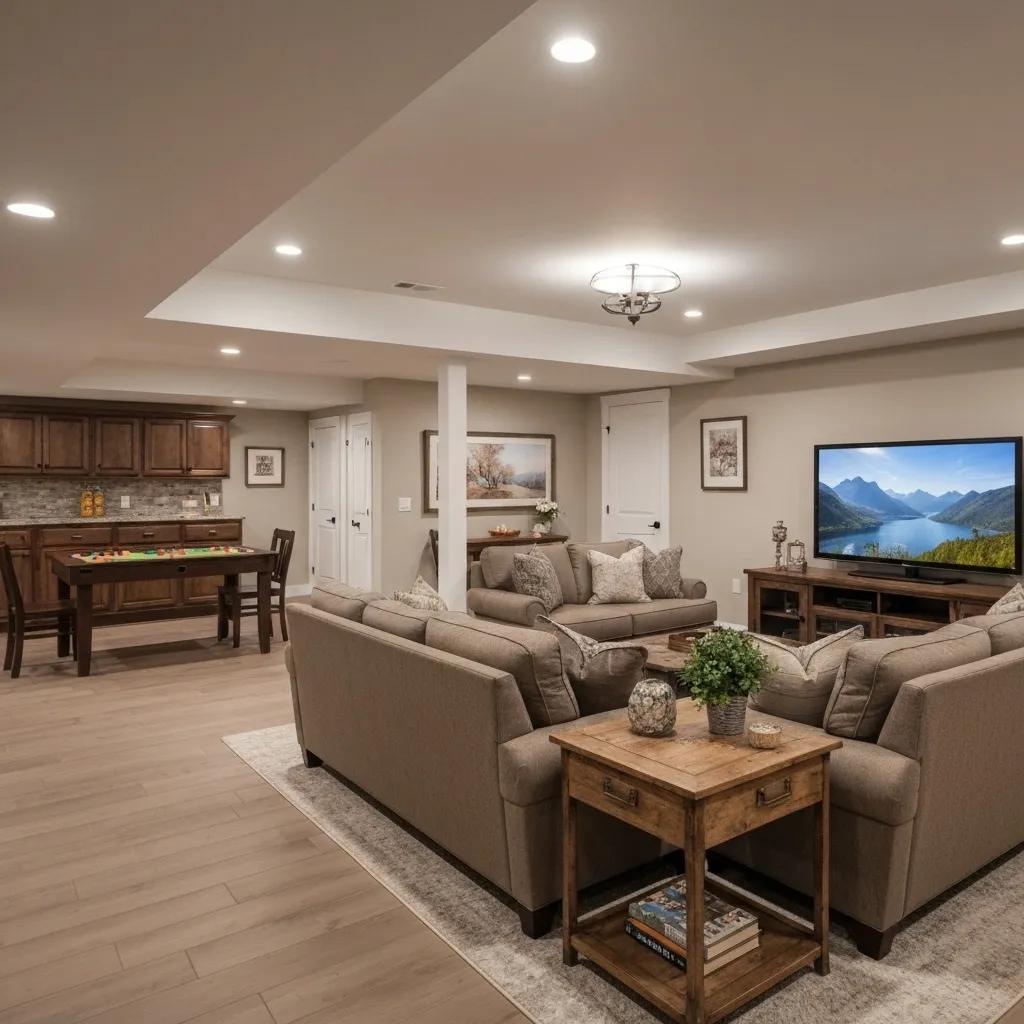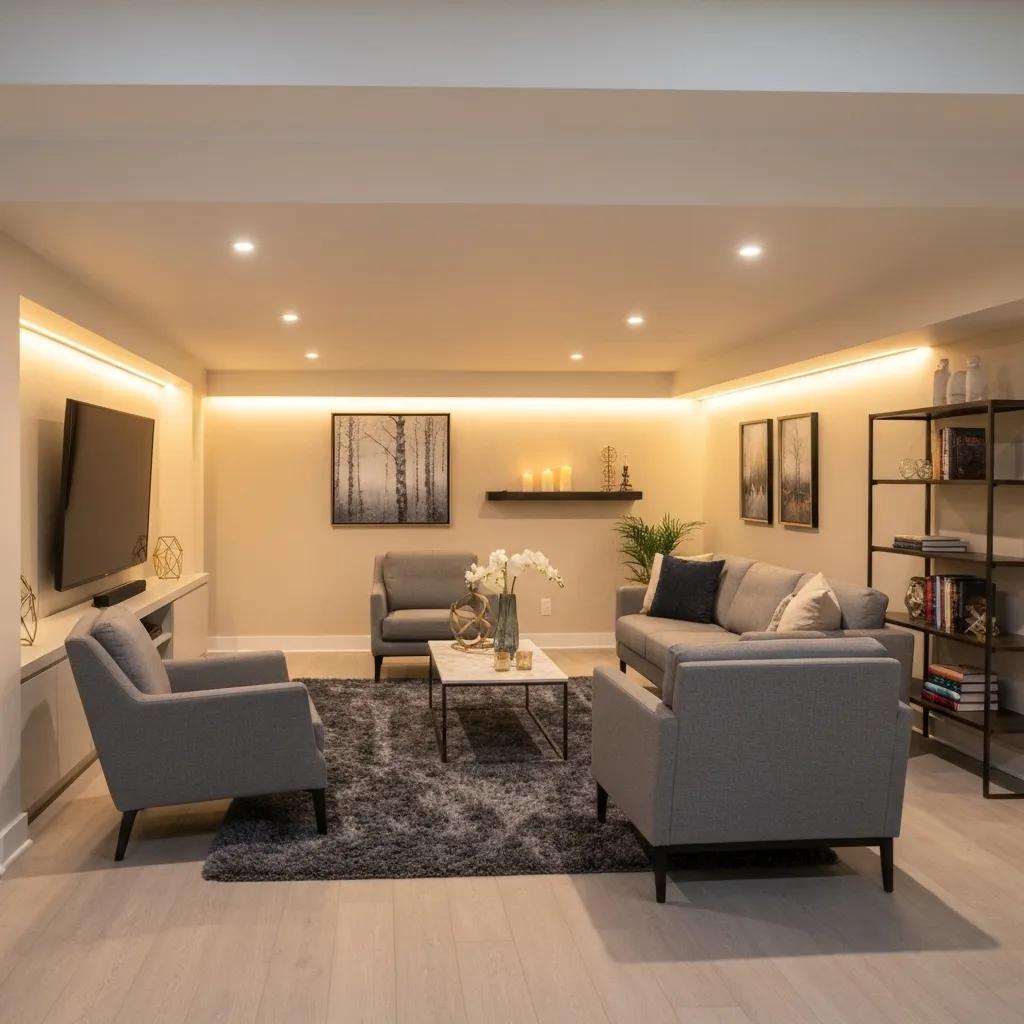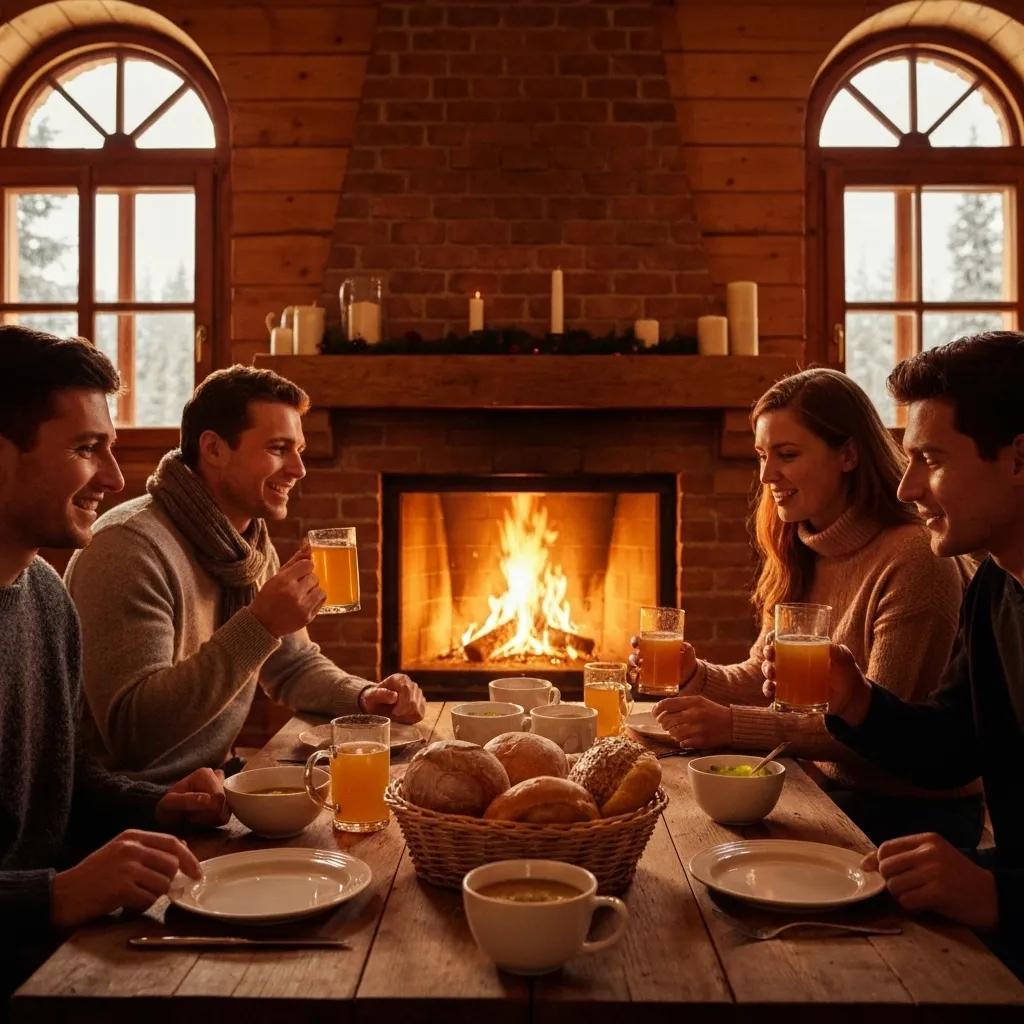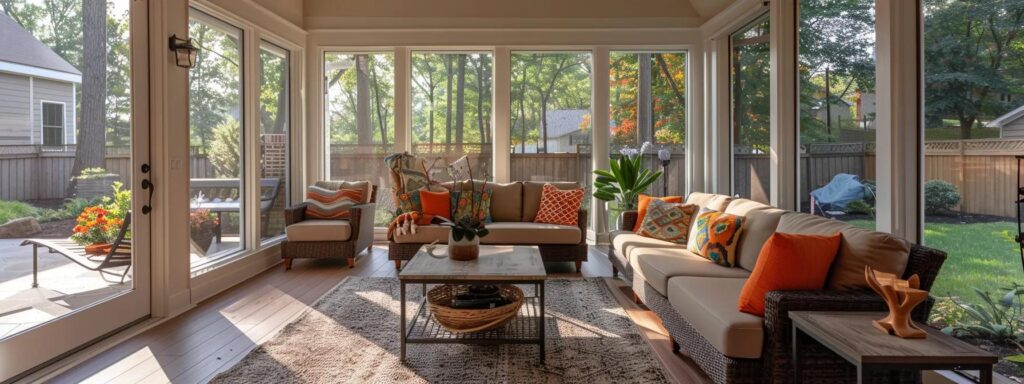
Key Differences Between 3 Season and 4 Season Screened Patios
This article explores essential differences between 3 season and 4 season screened patios. Homeowners in Des Moines, Iowa, and surrounding areas seeking to expand their living space will find insights into design, usability, maintenance, costs, and aesthetic appeal. The information provided helps readers decide which option best suits their lifestyle and budget—with actionable tips and cost comparisons that inform
.
Understand the Core Features of 3 Season Screened Patios
Analyze the Structure and Materials of 3 Season Patios
A 3 season screened patio uses lighter materials like aluminum framing, standard screening, and tempered glass. Its airy design is meant for mild climates, often featuring retractable screens and insulated panels that provide limited protection from wind and rain, though they are not built for heavy snow or extreme cold.
Examine the Seasonal Usability of 3 Season Screened Spaces
Best suited for spring, summer, and fall, these patios have open roof options and minimal insulation to keep a connection with the outdoors. Homeowners appreciate natural light, ventilation, and a sheltered space to enjoy casual relaxation during moderate weather.
Explore Common Design Options for 3 Season Patios
Designs emphasize simplicity and harmony with nature. Popular options include sliding glass walls with retractable screens, bi-fold or accordion door systems, and layouts that easily integrate outdoor furniture and ceiling fans to enhance comfort.
Assess the Cost Range of 3 Season Patio Installations
Using economical materials and fewer complex systems, 3 season patios tend to have lower installation costs. Although final prices vary with size and custom design choices, these projects generally focus on aesthetics rather than complete weatherproofing.
Review Popular Uses for 3 Season Patios in Homes
Many homeowners extend their indoor living space with a 3 season patio, using it as a morning coffee nook, a casual dining area, or a spot to relax outdoors. This flexible room creates a smooth transition between home and nature ideal for
and everyday leisure.
Discover the Key Attributes of 4 Season Screened Patios
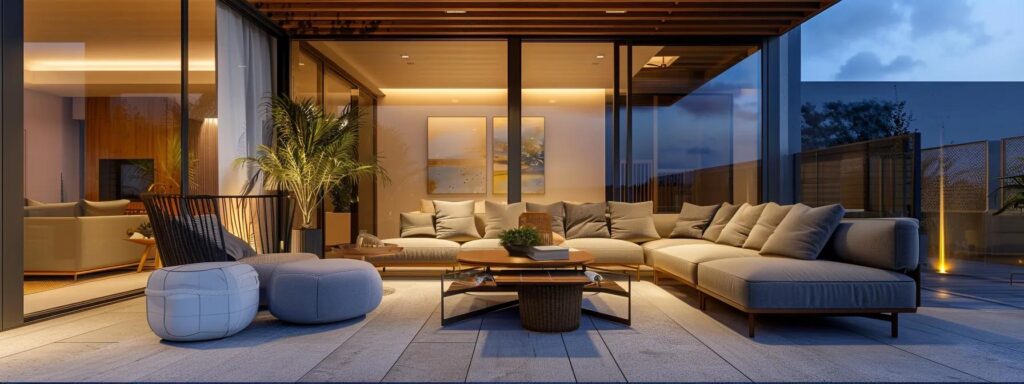
Identify the Building Materials Used in 4 Season Designs
4 season patios rely on robust materials such as fully insulated framing, double-pane low-emissivity glass, and reinforced roofing. These elements, along with concrete foundations and insulated walls, create a controlled environment that stands up to severe weather conditions.
Clarify the Year-Round Functionality of 4 Season Patios
Engineered for full-year use, a 4 season patio functions as an extra room. Integrated HVAC systems, energy-efficient glass, and enhanced insulation ensure comfort in both cold winters and hot summers, making the space usable all year long.
Investigate Design Elements Unique to 4 Season Patios
Unique features include built-in heating systems, insulated windows, advanced weatherproof seals, and operable skylights. These details combine the cozy functionality of a sunroom with an open, panoramic view, offering practical benefits without sacrificing style.
Calculate Estimated Pricing for 4 Season Screened Porches
Due to premium construction and advanced climate control, 4 season patios come at a higher initial cost. However, their year-round usability and potential energy savings can increase home value, making the investment appealing for many homeowners.
Highlight Typical Activities Suited for 4 Season Areas
The climate-controlled nature of 4 season patios means they can host activities from winter family dinners and book clubs to serving as a home office or venue for entertaining. Their versatility allows for indoor comfort paired with the appeal of outdoor living.
Compare the Seasonal Usability of 3 and 4 Season Patios
List the Advantages of Using 3 Season Patios in Certain Climates
- Energy Efficiency in Mild Climates – Lighter insulation and open design support natural cooling and heating.
- Cost-Effective Installation – Simpler materials and designs reduce budget requirements.
- Natural Outdoor Connection – Their design keeps homeowners closely linked to nature without extreme modifications.
Outline the Benefits of 4 Season Patios for Year-Long Enjoyment
- Superior Insulation – Advanced materials offer comfort during extreme weather.
- Integrated Climate Control – HVAC systems maintain consistent indoor temperatures.
- Enhanced Home Value – The versatility and comfort boost overall property appeal and market value.
Discuss How Weather Influences Patio Performance
Weather challenges both patio types—3 season models suit moderate climates while 4 season designs are built to resist heavy winds, cold snaps, and intense heat. The durability of materials and quality of insulation largely determine performance and maintenance needs.
Highlight Transitional Features in 3 Season Patios
Features such as retractable screens and door systems allow seamless transitions between indoor and outdoor environments. These elements help regulate ventilation and light based on current weather conditions while still keeping a natural feel.
Explain Heating Options for Maintaining Comfort in 4 Season Patios
4 season patios can include radiant floor heating, built-in electric heaters, and gas fireplaces. These systems work with robust insulation to keep the space comfortable regardless of external temperatures.
Evaluate Maintenance Needs for Each Patio Type
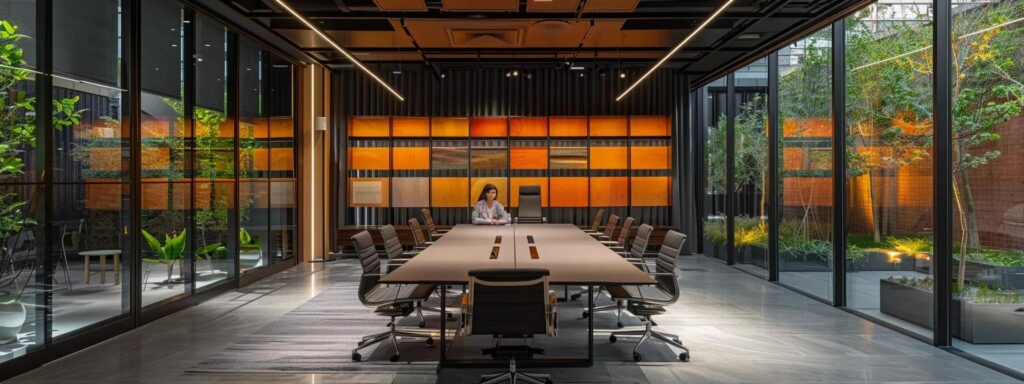
Identify Regular Upkeep Tasks for 3 Season Screened Areas
Maintenance typically involves cleaning screens and glass surfaces, lubricating retractable mechanisms, and inspecting weather seals. Periodic touch-ups and seasonal repainting help retain the patio’s appearance and functionality.
Clarify Cleaning Requirements Specific to 4 Season Patios
Given their insulated construction, 4 season patios require more comprehensive cleaning. Homeowners should use non-abrasive cleaners on high-performance glass, regularly inspect HVAC components, and ensure that insulation remains moisture-free.
Compare Durability and Longevity of the Two Patio Types
3 season patios, built with simpler constructions, perform well in moderate climates but may need frequent repairs in harsher ones. In contrast, 4 season patios usually offer longer-lasting durability due to higher quality materials, though they have a higher initial cost.
Discuss Weather-Proofing Methods for 4 Season Patios
Effective weather-proofing involves sealing joints, installing drainage systems, and reinforcing insulation in vulnerable areas. These measures protect against rain, snow, and wind, minimizing potential damage and long-term maintenance costs.
Analyze the Impact of Time on Maintenance Costs
Over time, the sturdy construction of 4 season patios can lead to lower overall maintenance costs. Conversely, while 3 season patios may be less expensive initially, they might incur higher long-term repair and upkeep expenses in severe climates.
Assess Cost Differences Between 3 and 4 Season Patios
Break Down the Cost Components of 3 Season Installations
Costs generally include aluminum frames, standard screens, basic glass, and labor. Fewer complex systems mean a modest budget impact and often a quicker return on investment in milder climates.
Calculate Initial Investment for 4 Season Patio Projects
The initial cost is higher due to premium insulation, HVAC systems, and custom finishes. However, those requiring a year-round space may find the long-term benefits worth the extra expenditure.
Explain Long-Term Savings From Energy-Efficient Designs
Energy-efficient features like double-pane glass and integrated climate control lower utility bills by maintaining a stable indoor environment. These savings, along with potential green building incentives, can balance the higher upfront cost.
List Potential Financing Options for Patio Construction
- Home Improvement Loans from banks and credit unions.
- Government Grants for energy-efficient improvements.
- Contractor Financing offered by many general contractors.
- Personal Lines of Credit to manage seasonal cash flow.
Discuss Property Value Changes Linked to Patio Type
A well-designed 4 season patio can boost property value by adding a usable, modern space. Even a quality 3 season patio enhances curb appeal, often leading to increased market valuation during resale.
Understand the Aesthetic Appeal of Each Patio Option

Examine Popular Design Styles for 3 Season Screened Patios
These patios often feature open layouts using natural materials like wood accents to create a tropical or rustic feel. Their relaxed ambiance appeals to homeowners looking for casual outdoor elegance.
Highlight Customization Options Available for 4 Season Patios
Customization extends to tailored finishes, custom lighting, built-in seating, and advanced control panels. Choices from natural stone to high-gloss glass allow the space to reflect the home’s interior style.
Discuss Landscaping Possibilities to Enhance Both Patio Types
Landscaping, such as integrated planters, pergolas, or water features, complements both styles. A 3 season patio might embrace vibrant tropical plantings, while a 4 season patio benefits from evergreen designs that offer year-round interest and privacy.
Review Color and Material Trends in Patio Design
Modern trends favor neutral palettes offset by bold accent colors. While 4 season patios often use glass and metal for a sleek look, 3 season designs typically incorporate natural wood tones and earthy materials for a warm, inviting feel.
Showcase Homeowner Testimonials on Aesthetic Satisfaction
Homeowners frequently praise how 3 season patios deliver a breezy, sunlit escape during good weather, whereas 4 season patios consistently provide comfort and style regardless of season. These testimonials underscore the visual appeal and versatility of each design.
| Attribute | 3 Season Patio | 4 Season Patio |
|---|---|---|
| Insulation | Basic, not fully insulated | Fully insulated with high-quality materials |
| Usability | Best in moderate weather | Year-round, controlled climate |
| Investment Cost | Lower upfront cost | Higher initial investment, long-term savings |
| Aesthetic Impact | Natural, breezy outdoor feel | Modern, indoor-like aesthetics |
Frequently Asked Questions
Q: What determines the choice between a 3 season and a 4 season patio? A: It depends on your climate, needs for year-round usability, budget, and how well you want the space to integrate with your home’s interior.
Q: Can a 3 season patio be upgraded for colder weather? A: Although improvements like better insulation and heating can be added, a fully constructed 4 season patio is more effective in severe climates.
Q: How do maintenance costs compare between the two options? A: 3 season patios may have lower initial costs but can incur higher long-term upkeep in harsh weather. In contrast, 4 season patios require a higher investment upfront but typically need less frequent repairs.
Q: Is financing available for these patio projects? A: Yes, options include home improvement loans, government grants, contractor financing, and personal lines of credit.
Q: How do these patios affect property value? A: Both types can boost property value—with 4 season patios adding more appeal due to their year-round functionality.
Final Thoughts
Understanding the core differences between 3 season and 4 season screened patios helps homeowners make informed decisions. While 3 season patios offer an economical and nature-connected solution for moderate climates, 4 season patios provide superior comfort and usability all year long, despite a higher initial cost. Evaluating your climate, budget, and lifestyle will guide you in choosing the right patio option. Ultimately, a well-designed patio not only enhances beauty and functionality but also increases property value and improves everyday living quality.

